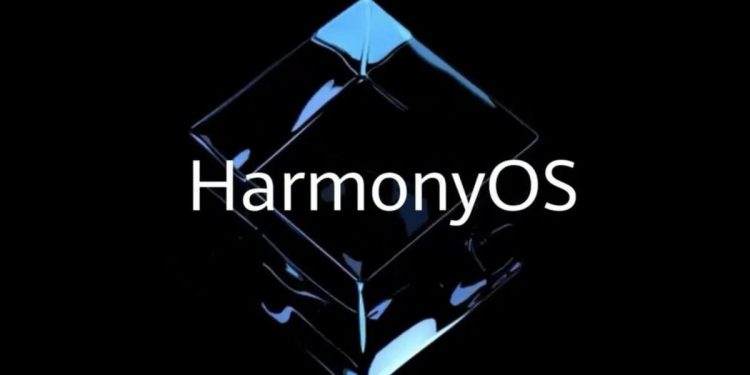Last year, after the US imposed sanctions on Huawei not being able to use Google’s Android operating system, Huawei launched its own operating system, namely HarmonyOS and several new devices are already using the OS.
At a recent event in China, Wang Chenglu, the Head of Software at Huawei’s Consumer Business Software Department, revealed some information regarding the company’s plans with its new operating system.
He said that the software is not a copy of Google’s Android or Apple’s iOS designed only for smartphones. Unlike the operating system, HarmonyOS is actually made for a variety of devices, from smartphones to the Internet of Things.
He further explained the reasoning that smartphone shipments have decreased in recent years and the COVID-19 pandemic has worsened the market. He further added that the smartphone business has reached its saturation point.
While the ecosystem of devices around smartphones is increasing, such as wearables and smart home products, the problem is that almost everything runs on different software.
Well, Huawei is here to solve that problem with HarmonyOS, allowing users to have consistency across multiple devices.
He also added that HarmonyOS was not developed as an alternative to Android after the Chinese company was banned from using Google’s system. He said that Huawei started working on its in-house operating system in 2016.
HarmonyOS has been developed as a single system for use across a variety of hardware devices – from small to large, consumer to enterprise, and compatibility with different platforms.
The company has launched an updated version of the same version, which is dubbed HarmonyOS 2.0. The Chinese giant now hopes to install its own operating system on 200 million devices by the end of this year.
Huawei will also allow other companies to use HarmonyOS on their devices, which should reach around 100 million devices, aiming to hit a total of 300 to 400 million devices this year.



